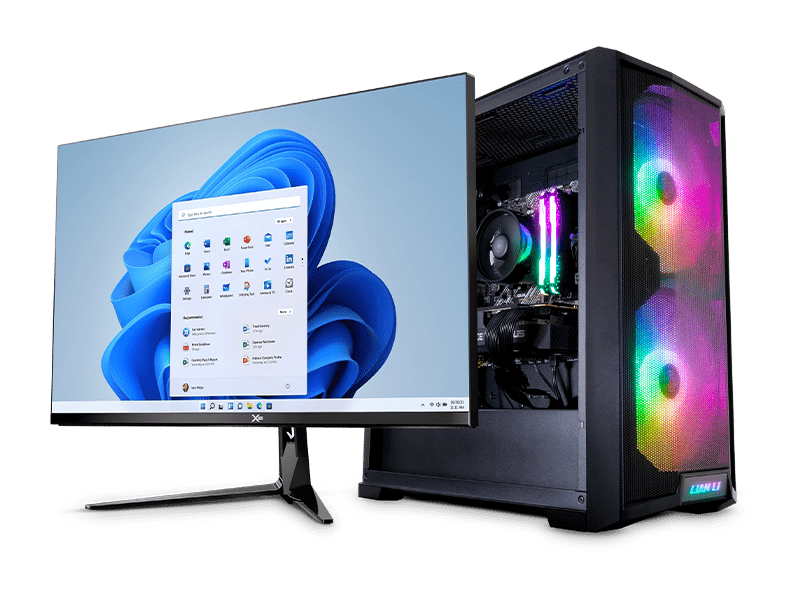CLSID, also known as Class Identifier, is a string of alphanumeric symbols used to represent a specific instance of a Component Object Model or COM-based program. It allows operating systems and software, particularly the ones designed for the Windows Operating System, to detect and access software components without identifying them by their names.
Although Microsoft has started phasing out the usage of COM in favor of the .NET infrastructure, COM is still an important component in many popular programs, with no immediate plans for discontinuation.
Some examples where COM and CLSID are used include ActiveX, the My Computer directory, and the Windows Start Menu. A typical CLSID in your Windows Registry may look like this string:
{48E7CAAB-B918-4E58-A94D-505519C795DC}
You may encounter a CLSID when a website asks you to update ActiveX or some other program. Your browser will detect the software version by checking its CLSID, and will then send this information to the site without compromising your computer.
Should you encounter a corrupted CLSID, your system may experience problems related to the specific program the CLSID belongs to. This can include a damaged CLSID that may prevent a particular program from verifying its version and then updating itself. A simple remedy for this instance is to uninstall and reinstall related software.
But the most common issue associated with a Registry CLSID entry is when a program fails to delete its CLSID from the computer’s registry when it is uninstalled. This is a poor programming practice that can clutter your computer’s registry with meaningless text entries. However, an idle CLSID entry isn’t likely to harm your computer.
If your computer is experiencing performance issues related to multiple unused CLSID entries, or it is operating with low system resources, you may leverage one of the many registry cleaners or other system maintenance programs that specialize in removing this CLSID-based ‘junk.’
How Do I Remove Unwanted or Malware Related CLSID Entries?
Unfortunately, CLSID entries can also be used to run harmful programs, including rootkits, trojans, malicious browser helper objects and other types of malware. In those cases, the CLSID system launches automatically when certain conditions are triggered. Most reputable malware remediation programs can detect and delete malicious CLSID entries along with the malicious programs associated with them. However, like other common CLSID entries, leftover CLSID entries related to already removed malware programs cannot cause damage to your computer. In any event, you should regularly scan for and remove unwanted CLSID entries using malware remediation software.





